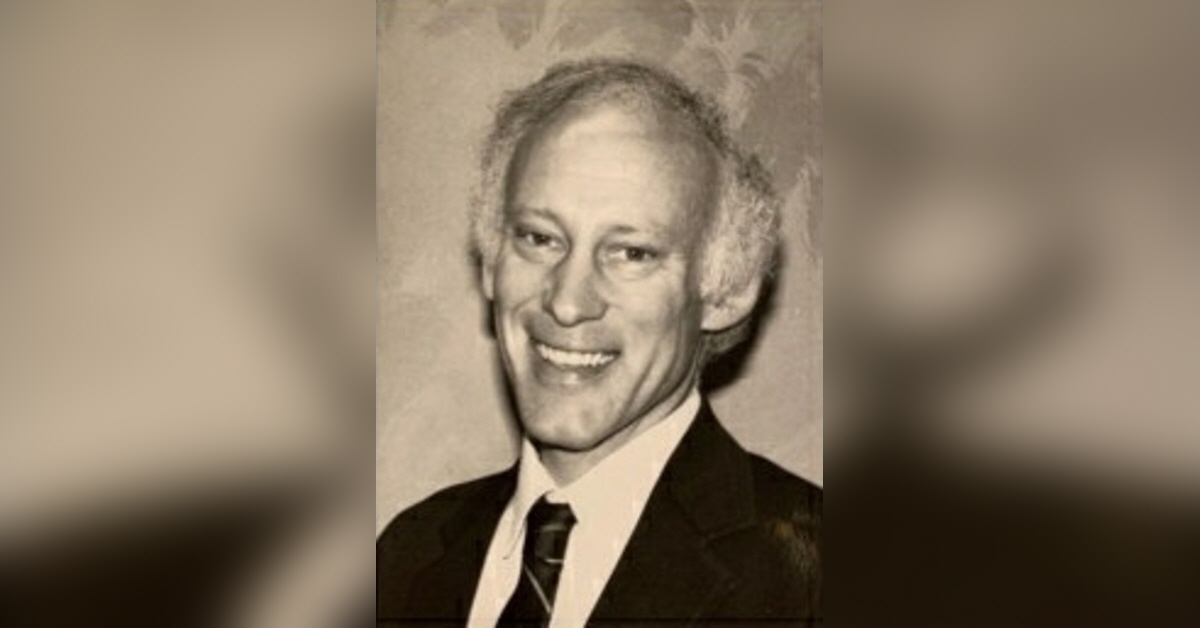Table of Content
- South Hadley man accused of murdering father held …
- Human
- Funeral arrangement under the care ofJackman Funeral Home
- Gender
- Make the most of your professional life
- $100K worth of illegal THC edibles seized in Massachusetts
- AIC gets national accolades for exercise training …
- Southampton Fire Department had 73 calls in November
The last split, between the human and chimpanzee–bonobo lineages, took place around 8–4 million years ago, in the late Miocene epoch. During this split, chromosome 2 was formed from the joining of two other chromosomes, leaving humans with only 23 pairs of chromosomes, compared to 24 for the other apes. Following their split with chimpanzees and bonobos, the hominins diversified into many species and at least two distinct genera. All but one of these lineages—representing the genus Homo and its sole extant species Homo sapiens—are now extinct. The word human can refer to all members of the Homo genus, although in common usage it generally just refers to Homo sapiens, the only extant species. The name "Homo sapiens" means 'wise man' or 'knowledgeable man'.

The Great Barrington Fire Department posted on Facebook that SFC Bushey of Dalton died suddenly on Sunday, October 30th at the age of 39. He was born in Northampton and graduated from Hampshire Regional High School in 2001. Would you like to offer Jean E. Legere’s loved ones a condolence message? We are sad to announce that on November 26, 2022 we had to say goodbye to Jean E. Legere of Whitinsville, Massachusetts, born in Northbridge, Massachusetts. You can send your sympathy in the guestbook provided and share it with the family.
South Hadley man accused of murdering father held …
Women have a longer life span in almost every population around the world. There is evidence that populations have adapted genetically to various external factors. The genes that allow adult humans to digest lactose are present in high frequencies in populations that have long histories of cattle domestication and are more dependent on cow milk. Sickle cell anemia, which may provide increased resistance to malaria, is frequent in populations where malaria is endemic. Some populations have evolved highly unique adaptations to very specific environmental conditions, such as those advantageous to ocean-dwelling lifestyles and freediving in the Bajau. Both the mother and the father provide care for human offspring, in contrast to other primates, where parental care is mostly done by the mother.
Since the early 20th century, there has been continuous human presence in Antarctica through research stations and, since 2000, in space through habitation on the International Space Station. The early modern period in Europe and the Near East (c.1450–1800) began with the final defeat of the Byzantine Empire, and the rise of the Ottoman Empire. Meanwhile, Japan entered the Edo period, the Qing dynasty rose in China and the Mughal Empire ruled much of India. Europe underwent the Renaissance, starting in the 15th century, and the Age of Discovery began with the exploring and colonizing of new regions. This includes the British Empire expanding to become the world's largest empire and the colonization of the Americas.
Human
Humans are highly social and tend to live in complex social structures composed of many cooperating and competing groups, from families and kinship networks to political states. Social interactions between humans have established a wide variety of values, social norms, and rituals, which bolster human society. Its intelligence and its desire to understand and influence the environment and to explain and manipulate phenomena have motivated humanity's development of science, philosophy, mythology, religion, and other fields of study. The willingness of humans to kill other members of their species en masse through organized conflict (i.e., war) has long been the subject of debate. One school of thought holds that war evolved as a means to eliminate competitors, and has always been an innate human characteristic. Another suggests that war is a relatively recent phenomenon and has appeared due to changing social conditions.

From a more general, philosophical perspective, human motivation can be defined as a commitment to, or withdrawal from, various goals requiring the application of human ability. Furthermore, incentive and preference are both factors, as are any perceived links between incentives and preferences. Volition may also be involved, in which case willpower is also a factor. Ideally, both motivation and volition ensure the selection, striving for, and realization of goals in an optimal manner, a function beginning in childhood and continuing throughout a lifetime in a process known as socialization. During sleep humans dream, where they experience sensory images and sounds. Dreaming is stimulated by the pons and mostly occurs during the REM phase of sleep.
Funeral arrangement under the care ofJackman Funeral Home
The size of the fetus's head is more closely matched to the pelvis than other primates. The reason for this is not completely understood, but it contributes to a painful labor that can last 24 hours or more. The chances of a successful labor increased significantly during the 20th century in wealthier countries with the advent of new medical technologies. In contrast, pregnancy and natural childbirth remain hazardous ordeals in developing regions of the world, with maternal death rates approximately 100 times greater than in developed countries. Humans share with chimpanzees a vestigial tail, appendix, flexible shoulder joints, grasping fingers and opposable thumbs. Apart from bipedalism and brain size, humans differ from chimpanzees mostly in smelling, hearing and digesting proteins.
The Bronze Age suddenly collapsed around 1200 BCE, resulting in the disappearance of a number of civilizations and the beginning of the Greek Dark Ages. During this period iron started replacing bronze, leading to the Iron Age. The native English term man can refer to the species generally as well as to human males. It may also refer to individuals of either sex, though this form is less common in contemporary English. A woman dies in childbirth every minute, most often due to uncontrolled bleeding and infection, with the world's poorest women most vulnerable.
WESTFIELD – Anne H. Czelusniak, 98, (1924 – 2022) passed away on Monday, November 14, 2022 surrounded by her family. She was born in Springfield in 1924, to the late Jozef and Helen Misterka of Indian Orchard. She was predeceased by her husband Walter “Buddy” Czelusniak in 2004. Anne and her husband “Buddy” were co-owners of Southampton Country Club for 23 years, before leaving and becoming the owners of Agawam Country Club for 11 years. Anne’s devotion to the Roman Catholic Church and her faith played a large role in how she lived her life.

Rev. Pastor Joseph Bellomo of the Omega Christian Assembly will be officiating. Between any two humans, the amount of genetic variation—biochemical individuality—is about 0.1%. An aspect unique to humans is their ability to transmit knowledge from one generation to the next and to continually build on this information to develop tools, scientific laws and other advances to pass on further.
Some of this ancestry is thought to originate from admixture with an unknown archaic hominin that diverged before the split of Neanderthals and modern humans. Homo sapiens population density Humans are the most abundant and widespread species of primate, characterized by bipedalism and exceptional cognitive skills due to a large and complex brain. This has enabled the development of advanced tools, culture, and language.
There is disagreement if certain extinct members of the genus, namely Neanderthals, should be included as a separate species of humans or as a subspecies of H. Humans are omnivorous, capable of consuming a wide variety of plant and animal material, and have used fire and other forms of heat to prepare and cook food since the time of H. Humans can survive for up to eight weeks without food and three or four days without water. Humans are generally diurnal, sleeping on average seven to nine hours per day.
This change in diet may also have altered human biology; with the spread of dairy farming providing a new and rich source of food, leading to the evolution of the ability to digest lactose in some adults. The types of food consumed, and how they are prepared, have varied widely by time, location, and culture. Most human reproduction takes place by internal fertilization via sexual intercourse, but can also occur through assisted reproductive technology procedures. The average gestation period is 38 weeks, but a normal pregnancy can vary by up to 37 days. Embryonic development in the human covers the first eight weeks of development; at the beginning of the ninth week the embryo is termed a fetus. Humans are able to induce early labor or perform a caesarean section if the child needs to be born earlier for medical reasons.
This involved combining stationary food sources with wild game, which must be hunted and captured in order to be consumed. It has been proposed that humans have used fire to prepare and cook food since the time of Homo erectus. Around ten thousand years ago, humans developed agriculture, which substantially altered their diet.
AIC gets national accolades for exercise training …
A chain of events and influences led to the development of the scientific method, a process of observation and experimentation that is used to differentiate science from pseudoscience. An understanding of mathematics is unique to humans, although other species of animals have some numerical cognition. Humans can fall anywhere along a continuous scale of sexual orientation, although most humans are heterosexual.


No comments:
Post a Comment